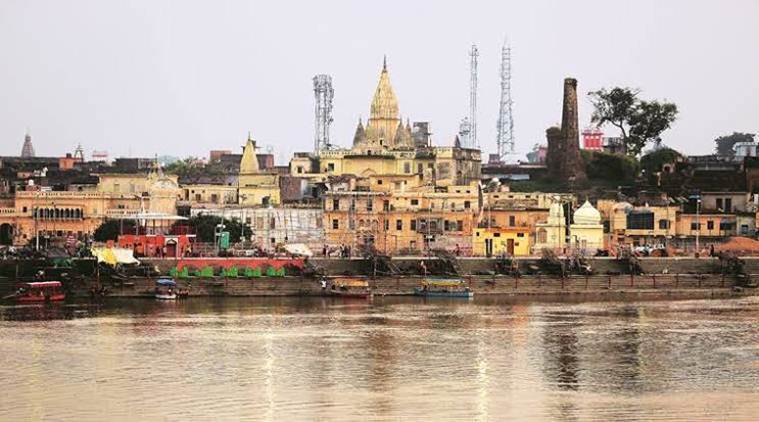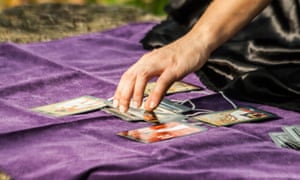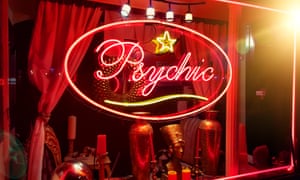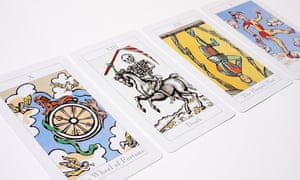
The Supreme Court has tried to please everyone in its much awaited judgment on the property dispute in Ayodhya writes Faizan Mustafa and Aymen Mohammed in The Indian Express
The Supreme Court has tried to please everyone in its much awaited judgment on the property dispute in Ayodhya. The worshippers of Lord Ram have been given land for the construction of a temple at the very site where the Babri Masjid stood between 1528 and December 6, 1992.
----Also watch
-----
----Also watch
The Nirmohi Akhara has welcomed the judgment as it will be given some representation in the trust that would construct the temple. The Sunni Waqf Board too must have the satisfaction that the highest court has accepted their central argument that the Babri Masjid was a Sunni, and not Shia, waqf property, and the same was not constructed after demolishing the Ram temple. Thus, the court has rejected the Hindu right’s narrative on the Babri mosque. This false narrative not only was responsible for galvanising the ordinary Hindus, but also gave some sort of legitimacy to divisive electoral politics. Similarly, Muslim grievances about the trespass in 1949 and the tragic demolition of the mosque in 1992 have been accepted by the court. In fact, the court has accepted that there was an injury caused to them — i.e. violation of their legal right. Accordingly, the court, invoking its extraordinary jurisdiction of doing complete justice, has given them almost double the land in Ayodhya.
The Ayodhya dispute did not begin in 1528 with Babur, the founder of Mughal empire, but in 1886 with litigation in the British courts over a chabutra (courtyard) that was constructed outside the Babri Masjid by one Mahant Raghubar Das in the late 1850s. When the British prevented the construction of a canopy over the chabutra, Das unsuccessfully litigated his cause in three judicial forums. Each time, the courts emphasised status quo — that is, the Muslims would pray inside the Babri Masjid while the Hindus had limited rights to pray at the chabutra. Surprisingly, the apex court has rejected title of Muslims for want of proof of title document. This may have repercussions for several temples and mosques. The court rejected the revenue record and gazetteers as sufficient proof. Even the British grant papers were said to be sufficient only for proving the upkeep of the mosque.
In law, the phrase “status quo” means the situation at the time of the judgment must not be changed. The Babri litigation is a story of changing “status quo”. On the night of December 22-23, 1949, trespassers placed Lord Ram’s idol under the central dome of the Babri Masjid. In a few days after the incident, a new status quo would be sanctified by the local courts: Muslims were not allowed to pray inside the mosque, the idol would not be removed, and that Hindus would have a “limited” right to pray and pujaris would ensure daily bhog. By one act of criminal trespass, a mosque was converted into a temple.
On February 1, 1986, District Judge K M Pandey would order the unlocking of gates that acted as a “barrier” between the idols inside the masjid and the devotees who had come for the darshan. This decision had the blessing of then Prime Minister Rajiv Gandhi, who in order to mollify the self-anointed regressive Muslim leadership would subsequently introduce the bill to reverse the Shah Bano judgment on February 25, 1986.
The demolition of the mosque on December 6, 1992 was also the destruction of the rule of law. The SC has rightly criticised it and accepted that it was in violation of the “status quo” order passed by it. Within a few hours of the mosque’s demolition, a makeshift temple had come up at the structure’s location. Within a month of the demolition, the Allahabad High Court allowed for darshan at the makeshift temple. In 1994, the Supreme Court, while dealing with the Acquisition of Certain Areas of Ayodhya Act, ordered the protection of the latest “status quo”: No mosque but a makeshift temple and legally protected darshan at the site.
In 2010, the Lucknow bench of Allahabad High Court ruled that the title suit must be decided as a question of joint-ownership of property. Muslims, the deity Ram Lalla and Nirmohi Akhara were to get one-third share of the disputed property. The Supreme Court has overruled this judgment and rightly held that it was not a partition suit.
The judgment will be remembered for the victory of faith over the rule of law as the Supreme Court considered religious beliefs even in deciding a property dispute, and despite conceding that faith cannot confer title, it still went ahead to give property to worshippers on the basis of faith. The court should not have any say in matters of freedom of religion, but deciding title suit on the basis of faith is a thorny proposition. In brief, it is the red letter day for the constitutional right to religion but a setback to property law and a setback to evidence law with differential burden of proof being demanded from different parties.


